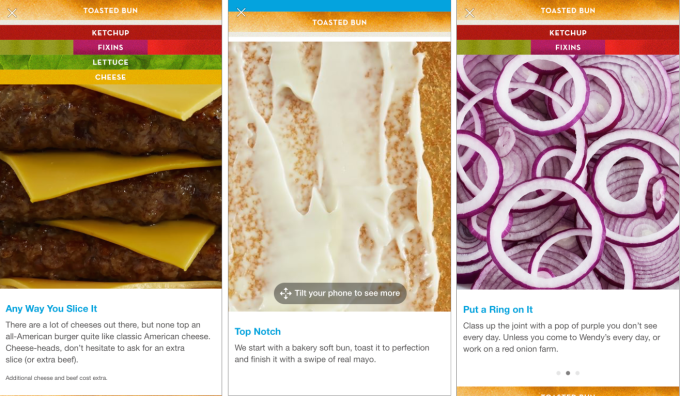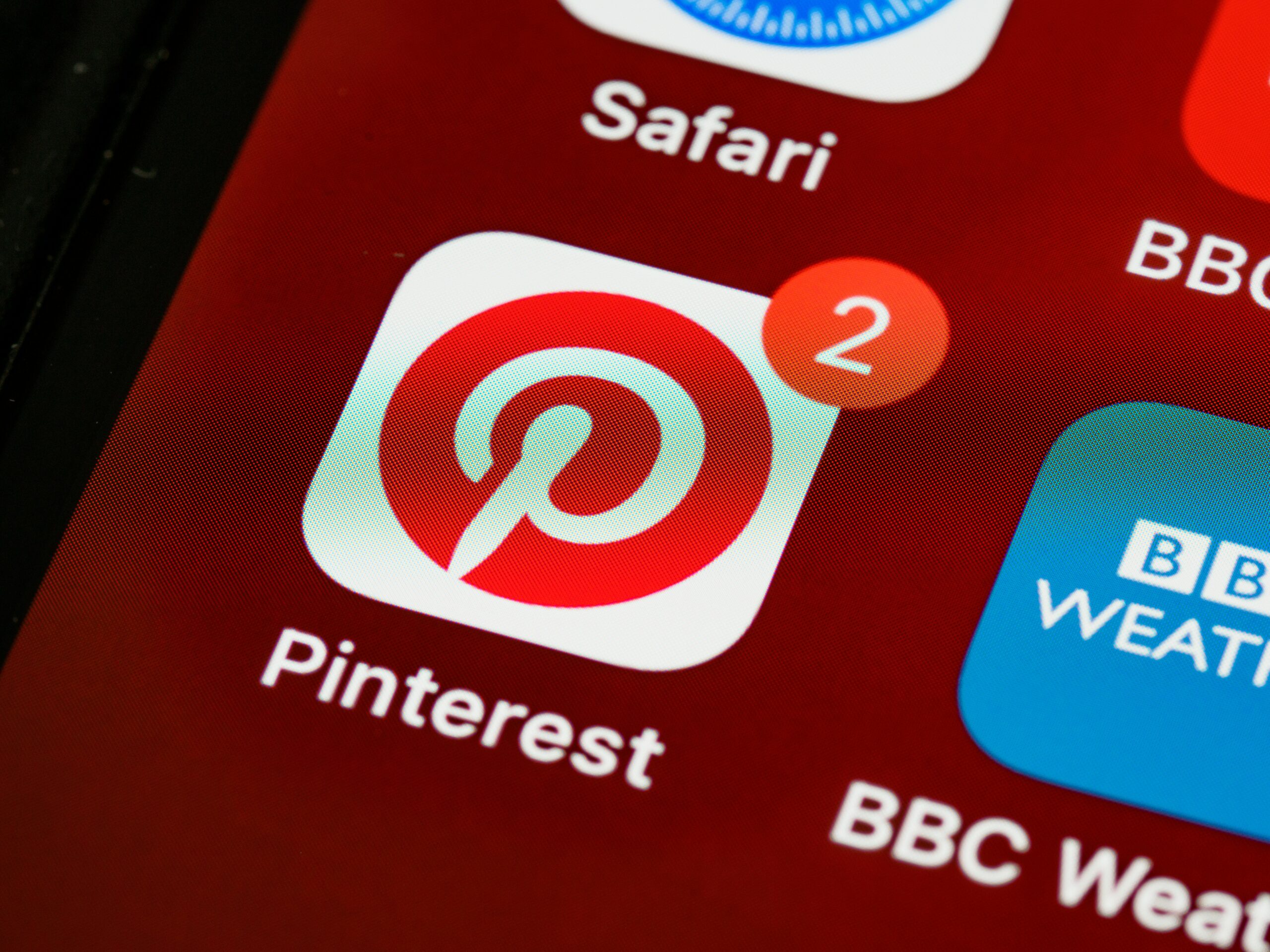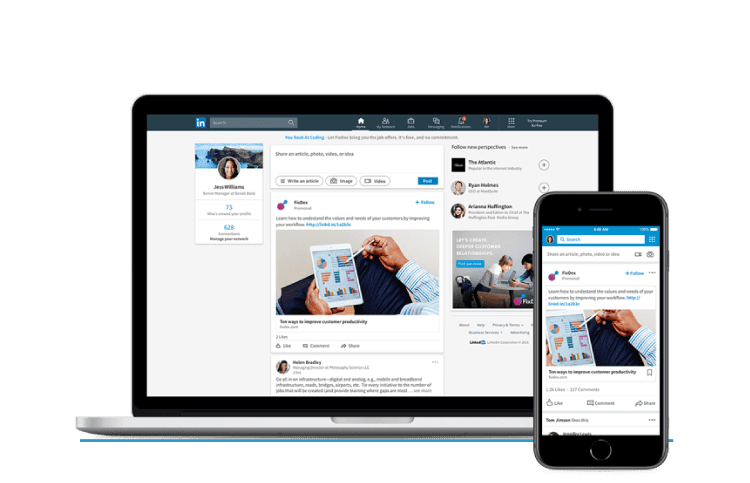Facebook has opened up the Canvas advertising platform to all brands who wish to advertise on the social network – meaning more ways to create engaging and interactive advertisements to entice Facebook users.
Canvas has been tested with a number of big brands over the past year, but now has opened up to all advertisers who want to make the most of the new features.
What is Facebook Canvas?
You may have come across Facebook Instant Articles – which load articles instantaneously on mobile devices. Canvas is essentially the same concept as Instant Articles, but instead providing Instant Ads.
Facebook Canvas gives advertisers a new immersive way to reach audiences, without needing users to leave the social network entirely.
Canvas allows advertisers to display a rich media page to audiences, without needing to load a separate mobile site. The big benefit is that instead of the 5-10 second wait of being redirected elsewhere onto a mobile site, these Canvas ads will load in 1 second or less.

Any Canvas ad will open up a full-screen advertisement, including images, videos, and other interactive elements determined by the advertiser. Specific features include the ability for users to tilt their phone or other device to explore a product or image, alongside carousels which allow users to swipe between different images. Tilting allows for the image to be larger than phone screen, and can then be explored freely. Advertisers can also opt for horizontal or vertical scrolling. All without reloading another website.
They still appear as advertisements that users are used to in newsfeeds – but instead are linked to the new Canvas experience. To ensure your audience will know what to expect, upwards arrow on the ad itself will denote that a full-screen ad experience will occur.
Why Canvas?
Canvas allows for certain things that you wouldn’t be able to achieve without significant loading for a mobile website – including animations, product carousels, and catalogues.
This new feature will allow advertisers to showcase products or services through storytelling, creating a journey or other form of experience in a richer format.
Facebook has promised this won’t generate more advertisements than we are used to – but instead will simply generate better ads on the platform.
These advertisements, aside from the other improves, should allow for more memorable experiences for viewers, with less frustration in an attempt to view and engage.
Considering the fact that Facebook boasts 1.59 billion monthly active users as of December 31 – up 14% from the year before, with 1.44 billion used on mobile which is an increase of 21%, it’s not hard to see why Facebook is working on generating revenue through better advertising to mobile users. Mobile ads already account for 80% of total ad revenue in Facebook’s Q4 – and so they will be looking to increase this.
The ability to create a more immersive, branded mobile experience for users, as opposed to simple links, is undeniably attractive for those with image-based products, essentially working as a miniature website.
Users are still one click away from returning back to the newsfeed where they previously were – so there is added incentive in that the user experience doesn’t detract from otherwise using the social network.

Brands already using Canvas
Facebook has already tested Canvas with around 20 European brands, including Citroen and Gucci.
Burberry has utilised the platform to advertise scarf bars – allowing users to tilt to explore the product.
Coca-Cola has also used Canvas to showcase new aluminium bottles – which garnered an audience of 16 million people, with an average view time of 18 seconds.
Wendy’s also made good use of the advertising format, using it to show the hamburger ingredients used in the US – gaining an average view time 65 seconds, with 3% of users who clicked the ad going on to find their nearest restaurant.

Paresh Rajwat, product lead at Facebook, stated that half of those who view Canvas advertisements view at least half of the ad, which is quite an impressive statistic. Otherwise, Canvas boasts an average view time of 31 seconds, with some of the top brands attracting 70-second views.
How does Canvas work?
It’s quite simple really – now the platform is open to all advertisers, simply head to the Canvas page, and create an ad. Ad creation is achieved by simply uploading the necessary images or videos in question, as Canvas provides all the tools necessary to create an immersive ad. Through this platform, you can simply drag around images, GIFs, and videos – then set attributes and show the ad.
Canvas advertisements come at no additional cost to traditional Facebook news feed ads. Similarly, you can still target different versions of Canvas ads to different demographics. This allows brands to target different people at different points in the marketing funnel or buying cycle – and provides them with unique content that showcases the brand.
For more information, you can read Facebook’s help page here. Facebook is likely to expand this experience to other apps – such as Facebook’s Messenger and Facebook-owned Instagram in the future.







